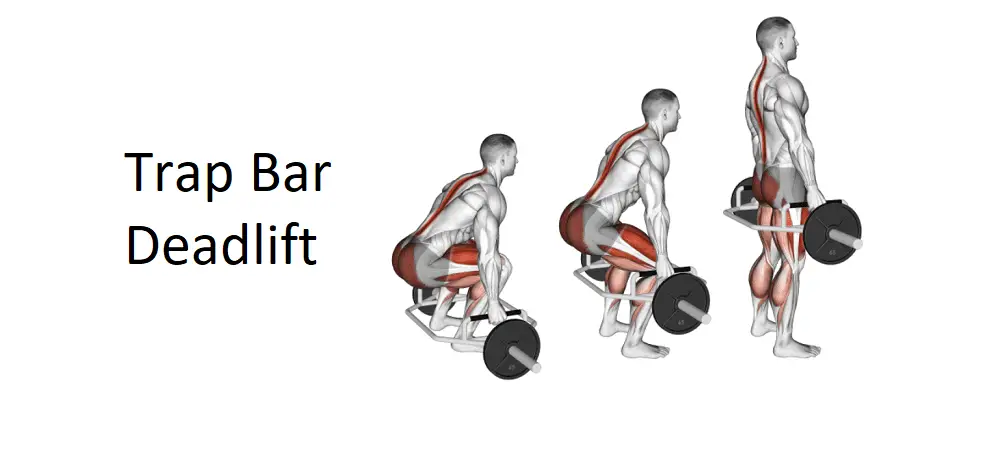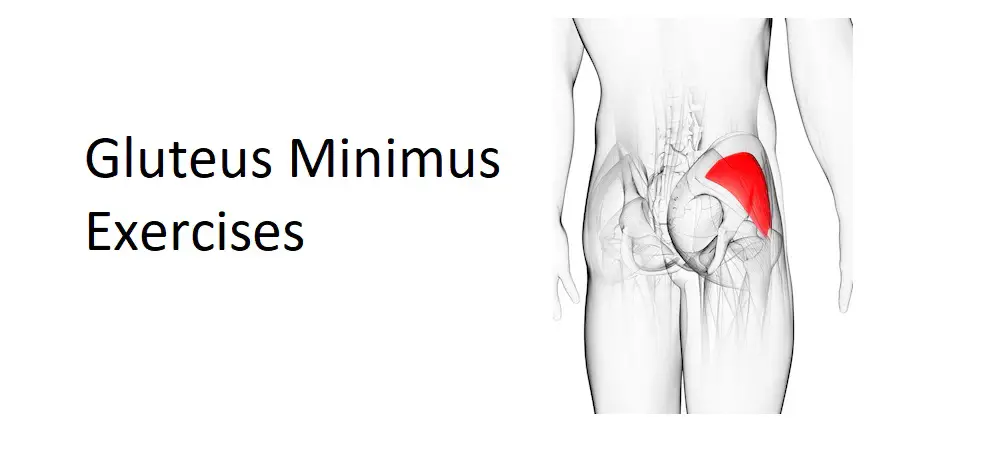Table of Contents
Introduction to Cable Seated Front Raise
The Cable Seated Front Raise is an effective exercise designed to target the anterior deltoids, helping to build shoulder strength and enhance upper body aesthetics. By incorporating a cable machine, this variation of the front raise offers a consistent tension throughout the movement, promoting greater muscle activation and control. Whether you’re a beginner looking to strengthen your shoulders or an advanced lifter seeking to add variety to your workout routine, the Cable Seated Front Raise provides a stable and controlled environment to develop shoulder strength and stability. In this guide, we will explore the benefits, proper technique, and tips for incorporating the Cable Seated Front Raise into your training regimen.
Instructions for Cable Seated Front Raise
Here are detailed instructions for performing the Cable Seated Front Raise:
- Setup:
- Attach a straight bar or a single handle to the low pulley of a cable machine.
- Place a bench in front of the cable machine and set it to an upright position. Sit down on the bench, facing away from the machine.
- Adjust the bench so that when you reach for the handle, your arm is slightly bent and the cable is taut.
- Starting Position:
- Sit on the bench with your feet flat on the floor, shoulder-width apart for stability.
- Grasp the handle or bar with both hands using an overhand grip (palms facing down).
- Allow your arms to hang straight down in front of you, keeping a slight bend in your elbows to reduce strain on the joints.
- Engage your core and maintain a straight back, with your chest up and shoulders down and back.
- Execution:
- Inhale and brace your core.
- Exhale as you slowly raise the handle or bar in front of you to shoulder height. Keep your arms straight but not locked, maintaining that slight bend in your elbows.
- Keep your movements controlled, avoiding any swinging or jerking motions. Focus on lifting with your shoulder muscles rather than using momentum.
- Pause briefly at the top of the movement, ensuring that your shoulders are level and not shrugged.
- Lowering Phase:
- Inhale as you slowly lower the handle or bar back to the starting position with controlled movements.
- Make sure to keep the tension on your shoulders throughout the entire range of motion.
- Repeat:
- Perform the desired number of repetitions, typically 10-15 for 2-3 sets depending on your training goals and fitness level.
Tips for Proper Form:
- Avoid using excessive weight, which can lead to poor form and increase the risk of injury. Use a weight that allows you to perform the exercise with control and proper technique.
- Keep your core engaged throughout the exercise to prevent arching your back.
- Focus on using your shoulder muscles to lift the weight, minimizing the involvement of your traps or back muscles.
- Move slowly and deliberately, emphasizing the contraction of the anterior deltoids.
Safety Considerations:
- Ensure the bench is stable and positioned correctly before starting the exercise.
- If you experience any pain or discomfort in your shoulders, stop the exercise and reassess your form. Consider consulting with a fitness professional if the discomfort persists.
By following these instructions, you can effectively perform the Cable Seated Front Raise to build strength and definition in your shoulders, enhancing your overall upper body development.
Benifits of Cable Seated Front Raise
The Cable Seated Front Raise offers several benefits that can enhance your shoulder strength, stability, and overall upper body development. Here are some key advantages of incorporating this exercise into your workout routine:
- Targeted Shoulder Activation:
- The Cable Seated Front Raise primarily targets the anterior deltoids (front shoulder muscles), helping to isolate and strengthen them effectively. This focus can lead to better muscle development and definition in the front part of the shoulders.
- Consistent Tension:
- Unlike dumbbells, the cable machine provides consistent tension throughout the entire range of motion. This constant resistance helps in maximizing muscle engagement and achieving better muscle activation.
- Improved Shoulder Stability:
- By strengthening the anterior deltoids and surrounding muscles, the Cable Seated Front Raise can contribute to greater shoulder stability. This is particularly beneficial for athletes and individuals involved in activities that require strong, stable shoulders.
- Enhanced Muscle Control:
- The controlled movement required in the Cable Seated Front Raise helps improve neuromuscular coordination and muscle control. This can enhance overall performance in other upper body exercises and daily activities.
- Reduced Risk of Injury:
- Performing the exercise in a seated position provides greater stability and reduces the likelihood of using momentum to lift the weight. This can help minimize the risk of injury to the shoulders and lower back.
- Versatility and Variation:
- The Cable Seated Front Raise can be easily adjusted for different fitness levels by changing the weight or using different attachments. This versatility makes it suitable for beginners and advanced lifters alike.
- Improved Posture:
- Strengthening the anterior deltoids can help balance the shoulder muscles, particularly if you also work on the posterior deltoids and other upper back muscles. This balanced development can contribute to better posture and reduce the risk of shoulder imbalances.
- Complementary Exercise:
- The Cable Seated Front Raise is an excellent complementary exercise to other shoulder and upper body movements. It can be integrated into a comprehensive shoulder workout routine to ensure all parts of the shoulder are effectively trained.
- Aesthetic Benefits:
- Well-developed anterior deltoids can enhance the overall appearance of the shoulders, contributing to a more defined and muscular upper body.
Incorporating the Cable Seated Front Raise into your workout routine can lead to stronger, more stable shoulders, improved muscle control, and better overall upper body development. Remember to use proper form and start with an appropriate weight to maximize these benefits and minimize the risk of injury.
Muscles worked in Cable Seated Front Raise
The Cable Seated Front Raise primarily targets the muscles of the shoulders and upper body. Here are the main muscles worked during this exercise:
- Anterior Deltoids:
- The primary muscle group targeted by the Cable Seated Front Raise. These muscles are located at the front of the shoulder and are responsible for shoulder flexion, which involves lifting the arm forward.
- Lateral Deltoids:
- Although the primary focus is on the anterior deltoids, the lateral (or middle) deltoids also assist in stabilizing the shoulder during the movement.
- Upper Pectorals (Pectoralis Major):
- The upper part of the chest muscles (clavicular head) is engaged to a lesser extent to assist with the lifting motion.
- Trapezius:
- The upper trapezius muscles help stabilize the shoulder blades (scapulae) during the exercise. They assist in maintaining proper shoulder alignment and preventing excessive shrugging.
- Serratus Anterior:
- This muscle, located on the side of the ribcage, helps stabilize the scapula during the movement and is activated to a degree during shoulder flexion.
- Biceps Brachii:
- The biceps assist as secondary muscles during the upward phase of the lift. They help in maintaining arm stability and control throughout the exercise.
- Core Muscles:
- Although not the primary focus, the core muscles (including the rectus abdominis, obliques, and transverse abdominis) are engaged to maintain stability and proper posture during the exercise.
- Rotator Cuff Muscles:
- The rotator cuff muscles (supraspinatus, infraspinatus, teres minor, and subscapularis) are involved in stabilizing the shoulder joint, ensuring smooth and controlled movement.
By targeting these muscles, the Cable Seated Front Raise helps to develop strength and stability in the shoulders, enhancing overall upper body performance and aesthetics. Regularly performing this exercise can lead to better shoulder function, improved posture, and greater muscular definition.
Video
Alternates names of Cable Seated Front Raise
Alternate names for the Cable Seated Front Raise include:
- Seated Cable Front Raise
- Cable Front Shoulder Raise
- Cable Anterior Deltoid Raise
- Seated Cable Shoulder Raise
- Cable Front Arm Raise (Seated)
- Seated Cable Deltoid Raise
- Front Cable Shoulder Lift (Seated)
- Cable Seated Shoulder Front Lift
- Cable Seated Arm Lift
- Seated Anterior Deltoid Cable Raise
These alternate names reflect the focus on the anterior deltoids and the use of a cable machine in a seated position, highlighting the key aspects of the exercise.
FAQs
Here are some frequently asked questions (FAQs) about the Cable Seated Front Raise:
What is the Cable Seated Front Raise?
The Cable Seated Front Raise is an exercise that targets the anterior deltoids (front shoulder muscles) by lifting a cable attachment in front of you while seated. This exercise provides consistent tension throughout the movement, enhancing muscle activation.
How do I perform the Cable Seated Front Raise correctly?
Sit on a bench facing away from the cable machine. Grasp the handle or bar attached to the low pulley. With a slight bend in your elbows, raise the handle to shoulder height, then slowly lower it back to the starting position. Keep your core engaged and maintain a straight back throughout the exercise.
What muscles does the Cable Seated Front Raise work?
The primary muscles targeted are the anterior deltoids. Secondary muscles include the lateral deltoids, upper pectorals, upper trapezius, serratus anterior, biceps brachii, core muscles, and the rotator cuff muscles.
What are the benefits of doing the Cable Seated Front Raise?
Benefits include improved shoulder strength and stability, enhanced posture, consistent tension on the muscles, reduced risk of injury, improved muscle control, and better overall shoulder development.
How often should I include the Cable Seated Front Raise in my workout routine?
You can incorporate this exercise 2-3 times per week, depending on your overall workout program and goals. Ensure you allow adequate recovery time for your shoulder muscles.
Can beginners perform the Cable Seated Front Raise?
Yes, beginners can perform this exercise. It’s important to start with a light weight to learn proper form and gradually increase the weight as strength and confidence improve.
Are there any common mistakes to avoid?
Common mistakes include using too much weight, swinging the arms, not engaging the core, shrugging the shoulders, and arching the back. Focus on controlled, smooth movements and proper form.
Can I do the Cable Seated Front Raise standing up?
Yes, you can perform a similar exercise called the Cable Front Raise while standing. However, the seated version provides more stability and reduces the likelihood of using momentum.
What variations can I try for this exercise?
Variations include using a single handle for one arm at a time, using a straight bar, or performing the exercise with dumbbells instead of a cable machine.
Is the Cable Seated Front Raise safe for people with shoulder issues?
If you have existing shoulder issues, it’s important to consult with a healthcare professional or physical therapist before attempting this exercise. They can provide modifications or alternative exercises that suit your condition.
How many sets and reps should I do?
Aim for 2-3 sets of 10-15 repetitions. Adjust the number of sets and reps based on your fitness level and goals.
By addressing these FAQs, you can better understand how to effectively and safely incorporate the Cable Seated Front Raise into your shoulder workout routine.
Conclusion
In conclusion, the Cable Seated Front Raise is a valuable exercise for targeting the anterior deltoids and improving shoulder strength and stability. By performing this exercise with proper form and technique, you can effectively develop the muscles of the shoulders while reducing the risk of injury.
Incorporating the Cable Seated Front Raise into your workout routine offers several benefits, including enhanced shoulder definition, improved posture, and better overall upper body strength. Whether you’re a beginner or an experienced lifter, this exercise can be adjusted to suit your fitness level and goals.
Remember to start with a light weight and gradually increase the resistance as you become stronger. Focus on controlled movements and avoid using momentum to lift the weight. Additionally, pay attention to your posture and engage your core muscles throughout the exercise to maintain stability.
By consistently performing the Cable Seated Front Raise as part of a well-rounded shoulder workout program, you can achieve greater shoulder strength, stability, and aesthetics. As always, listen to your body and consult with a fitness professional if you have any concerns or questions about incorporating this exercise into your routine.
Other Shoulder Exercises
Also, read Dynamite Delts: ACE Research Identifies Top Shoulder Exercises







